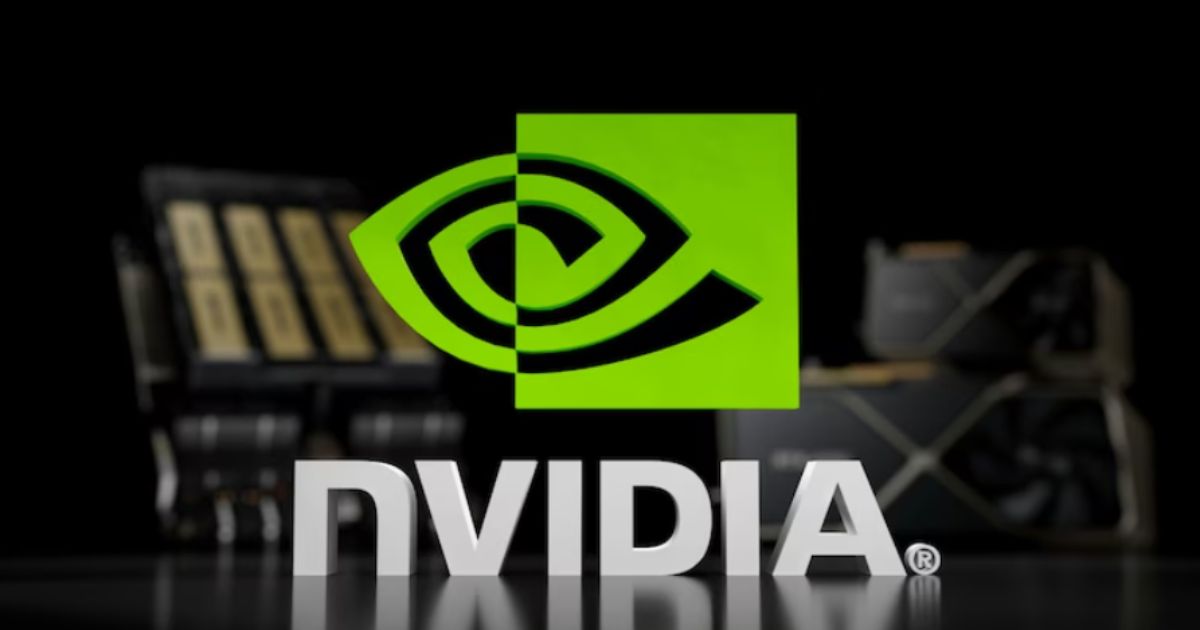Nvidia amd chip sales made headlines in August 2025 with an unprecedented agreement. Both companies agreed to allocate 15% of their advanced AI chip revenue from China to the U.S. government as part of an export licensing deal. This move reshapes the geopolitics of the semiconductor industry, affects profitability, and pressures both firms to navigate shifting global trade dynamics.
A Groundbreaking Trade Arrangement
According to industry reports, Nvidia and AMD agreed to hand over 15% of revenue from AI chip sales to China—specifically Nvidia’s H20 and AMD’s MI308 chips—to the U.S. government. In return, they received authorization to resume sales into China following previous restrictions. This arrangement marks a new approach in trade policy: a direct financial extract tied to market access.
Margin Pressures for Tech Giants
The deal raises immediate questions about the effect on corporate margins. Both Nvidia and AMD warned that losing a portion of revenue could hit profits significantly.

Still, companies have emphasized China’s importance as a market: maintaining access, even with reduced earnings, may yield better long-term outcomes than full exclusion.
GPU Arms Race Intensifies
On the product front, Nvidia is advancing with the RTX 50 series—powered by Blackwell architecture—boasting features like DLSS 4, multi-frame generation, and GDDR7 memory for unmatched performance. Meanwhile, AMD counters with its Radeon RX 9000 lineup (RDNA 4), targeting midrange and value tiers, while its Instinct AI series aims directly at datacenter markets.
AMD’s Strategic AI Push
Building AI momentum, AMD unveiled the Instinct MI400 series, with improved rack-scale architecture and a 2026 launch timeline. Instinct MI350 is already gaining attention for its AI capabilities, signaling AMD’s determination to chip away at Nvidia’s dominance.
Geopolitical Ripple Effects
This revenue-sharing model sets a potentially worrying precedent: could future trade authorization demand similar cutbacks? Industry watchers worry it opens the door to monetized trade leverage, adding pressure across global supply chains. At the same time, China’s continued reliance on U.S. chips underscores why Nvidia and AMD felt compelled to comply—even at a steep financial cost.
Financial & Market Outlook
Despite margin concerns, Nvidia stock traded near all-time highs, supported by strong demand and AI momentum. Analysts forecast healthy future earnings driven by global chip shortages and enterprise AI demand. For AMD, recent revenue beats and optimistic guidance for Q3 AI sales helped bolster investor confidence—even though export curbs remain a risk.
What It Means for Consumers and Enterprises
Consumer-level GPU prices may remain stable short-term due to solid demand and manufacturer inventory buffers. But for enterprise clients building AI clusters—such as data centers and deep-learning startups—this added cost could translate to more expensive deployments or tighter margins.
External Insight
For a clear breakdown of this agreement’s mechanics and its significance, take a look at this explainer from the Wall Street Journal: WSJ: Nvidia, AMD to Share 15% of China AI Chip Revenue with U.S.
Looking Ahead
This pivotal deal may set the stage for future trade-linked compensation models. Both firms must now balance aggressive AI innovation with financial realities and evolving policy scrutiny. For consumers, enterprises, and investors alike, watching quarterly releases, GPU roadmaps, and trade updates will be essential as the industry charts this new terrain.

